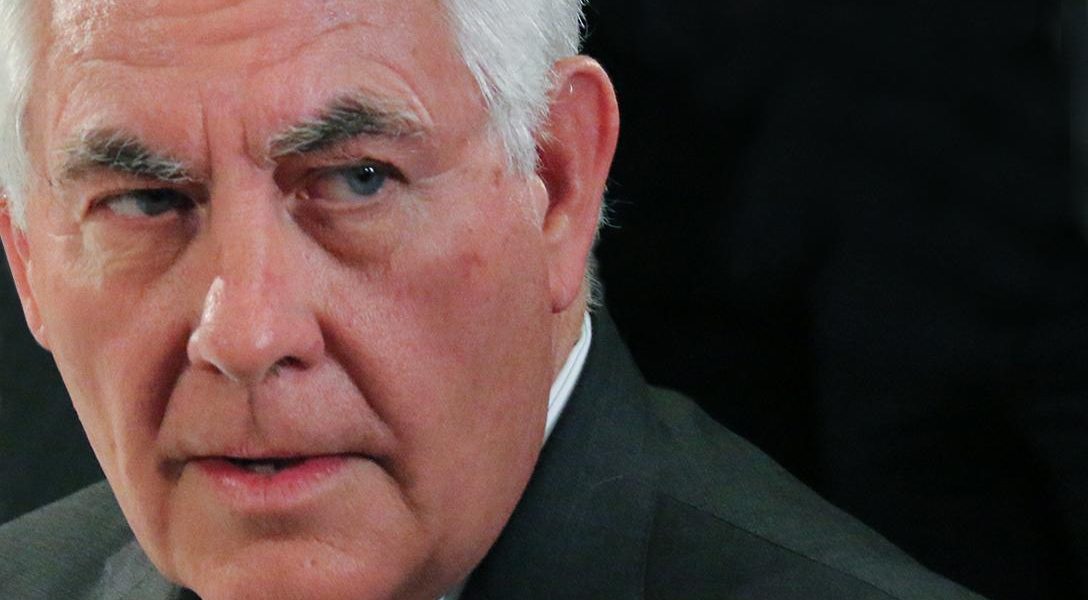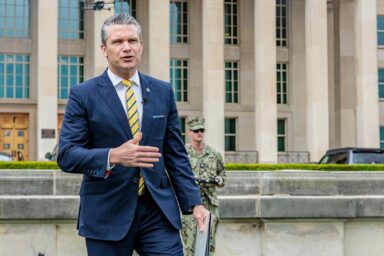Enlightening excerpt from Dick Russell’s ‘Horsemen of the Apocalypse: The Men Who Are Destroying Life on Earth’ — a cynical tale about how Big Oil deceived the public.

Rex Tillerson, former CEO of ExxonMobil — where he spent 40 years until he left to serve as President Donald Trump’s first secretary of state until he was fired — went to court Wednesday to defend his old company in a lawsuit.
ExxonMobil has been accused by New York’s attorney general of lying to investors about how profitable the company can remain as more and more regulations are imposed to combat global warming. Here is Exxon’s problem, as described by Michael Burger, executive director of the Sabin Center for Climate Change Law at Columbia University:
If companies like Exxon accurately account for the necessary degree of regulation to prevent even more dangerous global warming from happening, it will make less and less sense to continue to invest in developing fossil fuel projects.
But Exxon told the public that, in order to account for future climate change regulations, it was applying an estimated cost, or “proxy cost,” of carbon dioxide and other greenhouse gases to its investment decisions. And it would apply the proxy cost when determining the value of its assets and estimating future demand for oil and gas.
Instead — according to the complaint — Exxon had been applying lower or no proxy costs for years when making investment decisions or assessing its oil and gas reserves. Consequently, the company may have been exposed to a much greater risk from regulations than investors were led to believe. As a result, shareholders are seeking $476 million to $1.6 billion in damages.
According to the attorney general’s office, Exxon has essentially been keeping two sets of books — telling the public that it was taking into account the costs of potential future climate regulations, while lowballing those costs behind the scenes as it made investment decisions and assessed the value of its oil and gas reserves.
Tillerson defended the different numbers, claiming they “were for different uses within the organization” — one a “proxy cost” for predicting how regulations worldwide might reduce demand for oil and gas, and the other a “greenhouse gas cost” used to figure how local regulations might affect specific projects.
But Kim Berger, a lawyer with the attorney general’s office, challenged him with a specific case involving Canada’s oil sands, cited in the lawsuit. Summary from the New York Times:
The state claimed those cases showed that when the company did briefly try to use greenhouse gas costs in line with the publicly disclosed higher figure in projects in Alberta, it led to the prospect of what one employee called “large write-downs” of the assets. The company then decided to use an “alternate methodology” that substantially lowered the cost estimate, the state claimed.
Tillerson said that he did not recall the events and “I’m not sure I ever saw that level of detail.”
We cannot comment on whether Tillerson and ExxonMobil deceived their shareholders, but we do know of the stunning degree to which they duped the public when it came to the irreversible harm their company was doing for decades to the whole world and future generations.
How did they do it? See the story below. You will learn of some tricks that seem to still be in use.
Excerpt from Chapter One of Dick Russell’s Horsemen of the Apocalypse: The Men Who are Destroying Life on Earth and What It Means for Our Children (Hot books, April 2017). (Russell is mostly known for his thrilling book The Man Who Knew Too Much (Carroll & Graf, 2003).) The excerpt below was first published May 8, 2017. And another from the same chapter, which focused more on Tillerson the man, was published May 4, 2017.
Introduction by WhoWhatWhy staff.
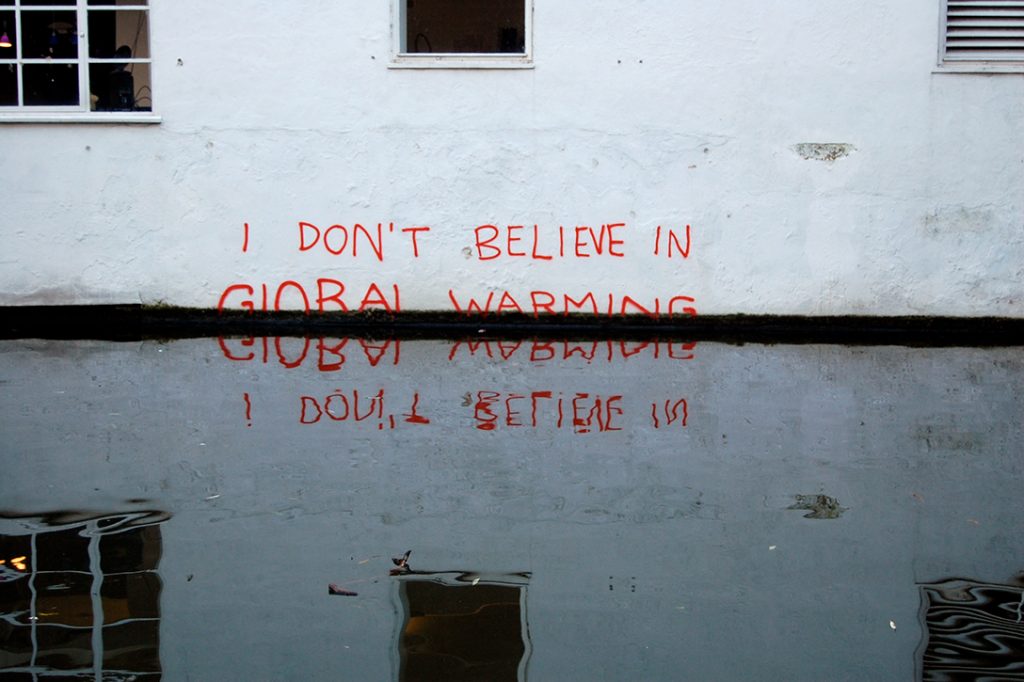
Early Warnings
As early as 1968, the American Petroleum Institute received a report from the Stanford Research Institute concerning “sources, abundance, and fate of atmospheric pollutants.” It concluded that carbon dioxide emissions from fossil fuels were “outstripping the natural CO2 removal processes that keep the atmosphere in equilibrium” and that “significant temperature increase could lead to melting ice caps, rising seas, and potentially serious environmental damage worldwide.”
Industry scientists confirmed that urgent research was required to bring these emissions under control. Clifford Garvin, while CEO at Exxon between 1975 and 1986, decided to install solar panels for heating his swimming pool in the New Jersey suburbs. At the time, President Jimmy Carter did the same on the roof of the White House, while initiating a program aimed at the country getting 20% of its energy from renewable sources by the year 2000.
Both these moves coincided with a 1979 National Academy of Sciences (NAS) study concluding that if man-made carbon dioxide emissions continued to grow, there was “no reason to doubt that climate changes will result and no reason to believe that these changes will be negligible … a wait-and-see policy may mean waiting until it is too late.”
But wait-and-see quickly became the order of the day. With the election of Ronald Reagan in 1980, down came the solar panels from the White House. Within Exxon, the CEO’s solar gesture was soon regarded as a prime example of what not to do; alternatives to petroleum simply weren’t economically sustainable.
Even before the NAS study appeared, Exxon was well aware that something potentially disastrous was underway.
Here’s where the obfuscation began: At a July 1977 meeting inside the company’s then-headquarters in New York City, Exxon senior scientist James F. Black displayed slides warning that the burning of fossil fuels could eventually endanger humanity.
“Present thinking holds that man has a time window of five to ten years before the need for hard decisions regarding changes in energy strategies might become critical,” the scientist later summarized in a memo.
Black had also identified the prime perpetrators, describing “general scientific agreement that the most likely manner in which mankind is influencing the global climate is through carbon dioxide release from the burning of fossil fuels.”
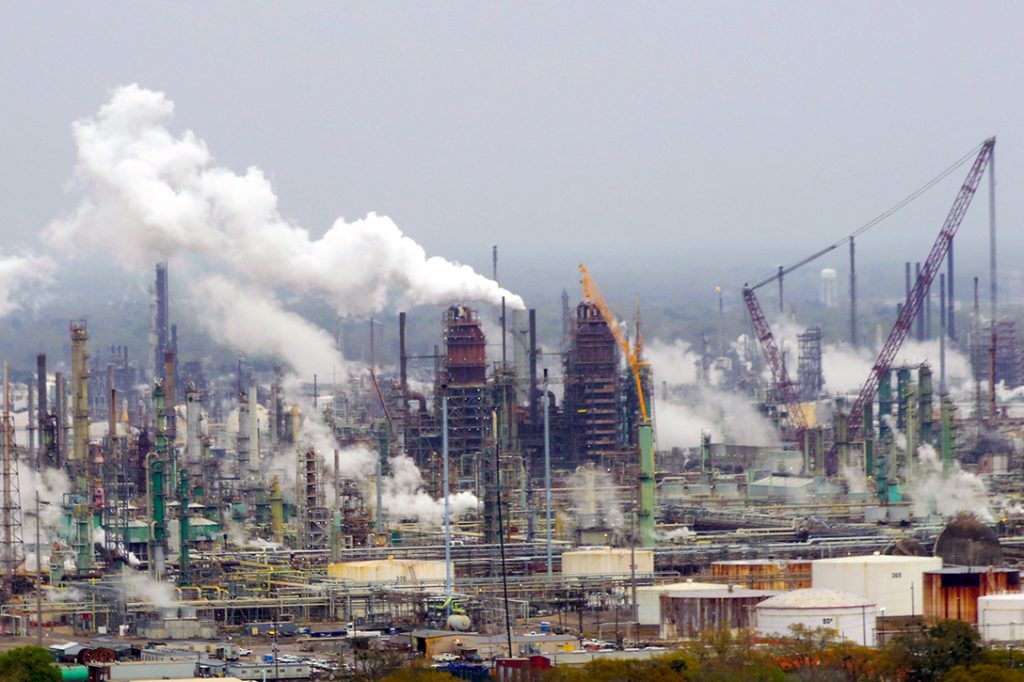
That memo wouldn’t surface publicly for almost 40 years, when the Pulitzer Prize-winning nonprofit newsletter, InsideClimate News, revealed the discovery of these early dire warnings in ExxonMobil’s own archive.
This was followed, in fall 2015, by an exposé published in the Los Angeles Times. The Times’ reporters, plus a team of Columbia University post-graduate journalists, pieced together the damning saga primarily from hundreds of documents housed in the ExxonMobil Historical Collection at the University of Texas, Austin. (A book, Exxon: The Road Not Taken, has subsequently been published.)
Further evidence of the cover-up surfaced in April 2016, in a report by DeSmog Blog based on corporate documents found in the archive of Exxon’s Canadian subsidiary, Imperial Oil. A “Review of Environmental Protection Activities for 1978-1979” prepared by Imperial Oil stated there was “no doubt that increases in fossil fuel usage” were “aggravating the potential problem of increased CO2 in the atmosphere.
Technology exists to remove CO2 from stack gases but removal of only 50% of the CO2 would double the cost of power generation.”
Managers all through Exxon’s international offices were on the distribution list for this alarming report. A subsequent company report for 1980-81 noted as one of the “Key Environmental Issues and Concerns” that global warming is “receiving increased media attention.”
Exxon wasn’t alone in its malfeasance. Back in 1979, the American Petroleum Institute established an industry task force in 1979 to monitor and share research on climate impacts. The members of the joint project included senior scientists and engineers from Exxon and nine other energy firms – Amoco, Phillips, Texaco, Shell, Mobil, Sunoco, Sohio, Gulf Oil and Standard Oil of California.
A background paper produced for the group stated that atmospheric carbon dioxide was steadily accelerating. Initially calling itself the CO2 and Climate Task Force, the group changed its name to the Climate and Energy Task Force in 1980.
“It was a fact-finding task force,” according to former director James J. Nelson. “We wanted to look at emerging science, the implications of it and where improvements could be made, if possible, to reduce emissions.”
During a meeting of the task force in February 1980, a Texaco representative proposed that the group should “help develop ground rules for energy release of fuels and the cleanup of fuels as they relate to CO2 creation.”
The following year, Exxon hired Harvard astrophysicist Brian Flannery as an in-house scientist to specifically conduct research into the impact of greenhouse gas emissions. That spring, Flannery sat on a Department of Energy (DOE) workshop panel alongside NASA scientist James Hansen, who would shortly publish a study in the journal Science warning about significant warming — even if emissions controls got put in place. “Scientists are agreed,” the workshop concluded, that an ongoing atmospheric buildup would pose problems for the biosphere.
Exxon scientists had by now outfitted an oil tanker with CO2 detectors and analyzers, while constructing models to project how global temperatures would be affected by a doubling of greenhouse gases in the atmosphere.
A 1982 corporate primer produced by the company’s environmental affairs office recognized that “major reductions in fossil fuel combustion” would be required; otherwise, “there are some potentially catastrophic events that must be considered. Once the effects are measurable, they might not be reversible.”
Exxon marked this disturbing document “not to be distributed externally” – even though it contained information that “has been given wide circulation to Exxon management.”
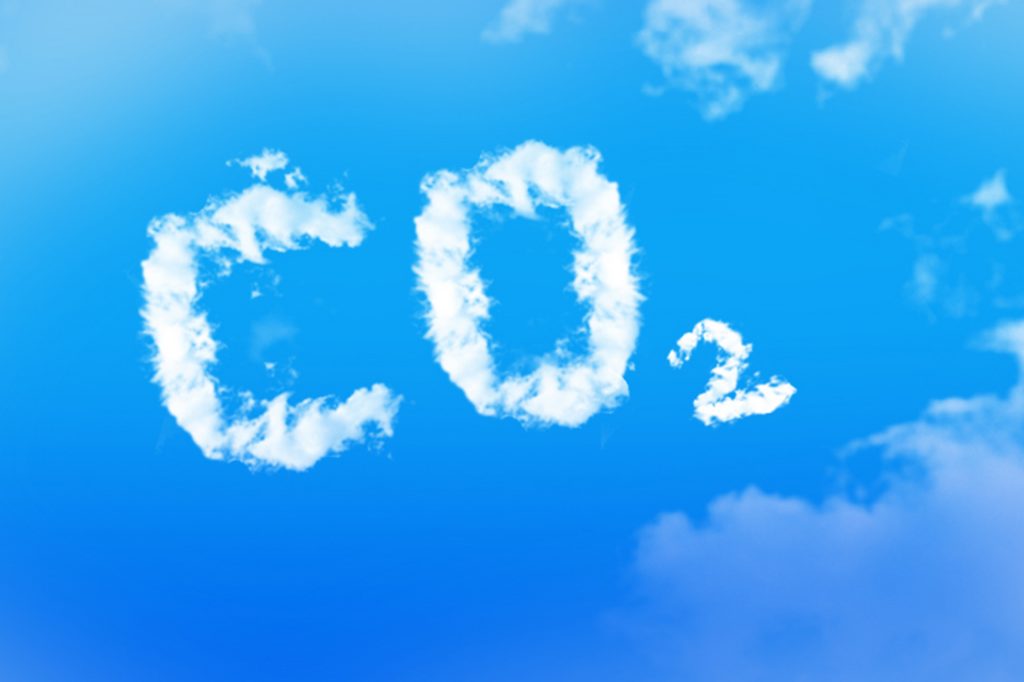
The Spin: “Emphasize Uncertainty”
Despite the growing awareness of the carbon dioxide crisis within Exxon’s managerial circles, a June 1982 corporate memo noted that CO2 program expenditures should be trimmed from $900,000 a year to no more than $150,000, starting immediately. (At the time, Exxon’s annual research-and-development budget topped $600 million, while its exploration and capital budgets stood at $11 billion.)
Around the same time, a corporate study acknowledged that “the increasing level of atmospheric CO2 is causing considerable concern due to potential climate effects,” but added that an expanded research effort “would require skills which are in limited supply.”
Two innovative experiments were soon terminated – one on the oceans’ ability to absorb CO2 and another to test vintage French wines for tell-tale traces of the greenhouse gas.
Martin Hoffert, then a physics professor at New York University, joined Exxon as a consultant in the early 1980s. A decade earlier, Hoffert had been a senior research fellow at NASA’s Goddard Institute for Space Studies, working alongside climate science pioneers James Hansen and Stephen Schneider.
Hoffert would become the author or co-author of a majority of Exxon’s nearly 50 peer-reviewed papers on the topic. In a highly technical 50-page chapter co-written by Hoffert and Brian Flannery for a 1985 Department of Energy report, the scientists predicted that, unless emissions were scaled back, the start of the 21st century could witness a staggering temperature rise of up to six degrees Celsius.
Hoffert says he “very naively believed that the signal would break through and the scientists would tell politicians to do what was necessary. At that time, there were no divisions, no agendas. We were coming together as scientists to address issues of vital importance to the world.”
However, “there was a fork in the road. They had the opportunity to make a decision to go one way or the other way. If Exxon had listened to its scientists and endorsed our research….it would have had, in my opinion, an enormous impact.”
Instead, “what happened was an incredible disconnect in people trained in physical science and engineering. It’s an untold story of how we got to the point where climate change has become a threat to the world.”
The summer of 1988 was a memorable one, a turning point in terms of increased awareness about global warming. A scorching heat wave was blamed for more than 5,000 deaths in the US and costs of close to $40 billion. Hoffert’s former NASA colleague, James Hansen, issued a warning before Congress about the consequences of failing to act.
Meanwhile, Exxon was already substituting spin for science, with its public affairs manager recommending, in an August 1988 internal memo, that the company “emphasize the uncertainty” in the scientific data concerning the role of fossil fuels.
Corporate paranoia was running high at the time. On March 24, 1989, the tanker Exxon Valdez had run aground on a reef in Alaska’s Prince William Sound. Almost 11 million gallons of crude oil spewed from a ruptured hull into the remote, pristine waters – the largest oil spill in American coastal waters until BP’s Deepwater Horizon disaster 21 years later.
Youth Activists Want Tillerson Deposed on Suppression of Climate Change Facts
Around the time of the Valdez spill, Duane LeVine, Exxon’s manager of science and strategy development, gave a presentation to the company’s board of directors. “Data confirm that greenhouse gases are increasing in the atmosphere. Fossil fuels contribute most of the CO2,” LeVine said unequivocally. By the middle of the 21st-century, global temperatures would likely rise between 2.7 and 8.1 degrees Fahrenheit, bringing melting glaciers, rising sea levels and “generally negative consequences.”
Already, pressure from environmentalists was mounting, LeVine said, citing the recent Montreal Protocol that banned ozone layer-depleting chlorofluorocarbons (CFCs) and adding that this “pales by comparison to the difficulties of applying similar approaches” to carbon dioxide.
LeVine went on: “Arguments that we can’t tolerate delay and must act now can lead to irreversible and costly draconian steps.”
Scientist Flannery weighed in with a note to colleagues in an internal Exxon newsletter, warning that regulatory attempts to reduce risk would “alter profoundly the strategic direction of the energy industry.”
At the annual meeting of its shareholders in 1990, a proposal calling upon Exxon to reduce emissions was denounced by the company’s board due to the “great scientific uncertainties.”
What had happened to company scientists like Flannery? “Brian knows everything I know, he was a very smart guy,” Hoffert says.
“But I think he and others began to feel the weight of the front office. You’re doing all this research, but you have a nice house in the suburbs. Do our brains work in such a way that we adopt the feelings and belief systems of people in our tribes? You don’t want to lose the community that validates you. I did talk to them [the Exxon scientists] about it all the time when I was there, but they would just say I was a liberal university guy. And why didn’t the higher-ups at Exxon feel ethically disturbed by what they were learning? Maybe some did; it’s possible some execs quit or voted against their bosses at the board meetings, but we’ll never know.”
As Hoffert wrote from retirement in a private essay, “My Exxon History of Climate Research,” in 2015:
“Frankly I’m not sure if I quit or was fired as one of their major consultants on climate change science… Why, I wondered forty years back, couldn’t a giant multinational hydrocarbon company like Exxon redefine and reconfigure itself as an energy company for the twenty-first century, much like General Electric and even Silicon Valley based companies like Tesla Motors are actually doing?… This path not taken here can cost our children and grandchildren dearly. The details of this story, still in progress, need to be told, analyzed, debated and eventually shouted from the rooftops.”
Hoffert’s own rooftop in central Florida, designed himself, is lined with $50,000 worth of photovoltaic solar cells, making his a nearly carbon-neutral residence. The retired scientist drives a plug-in hybrid and exercises on a solar-powered bicycle…
Related front page panorama photo credit: Adapted by WhoWhatWhy from John Duffy / Flickr (CC BY 2.0).
